
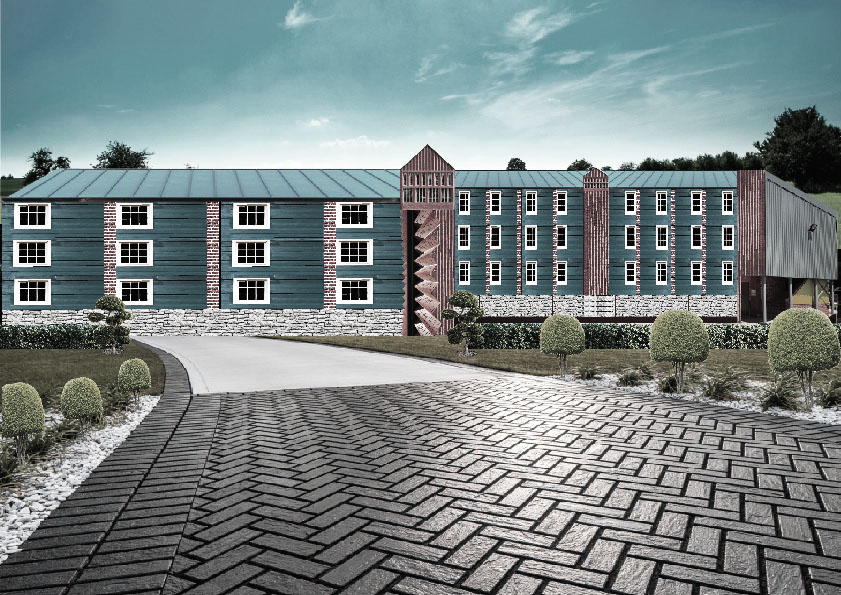
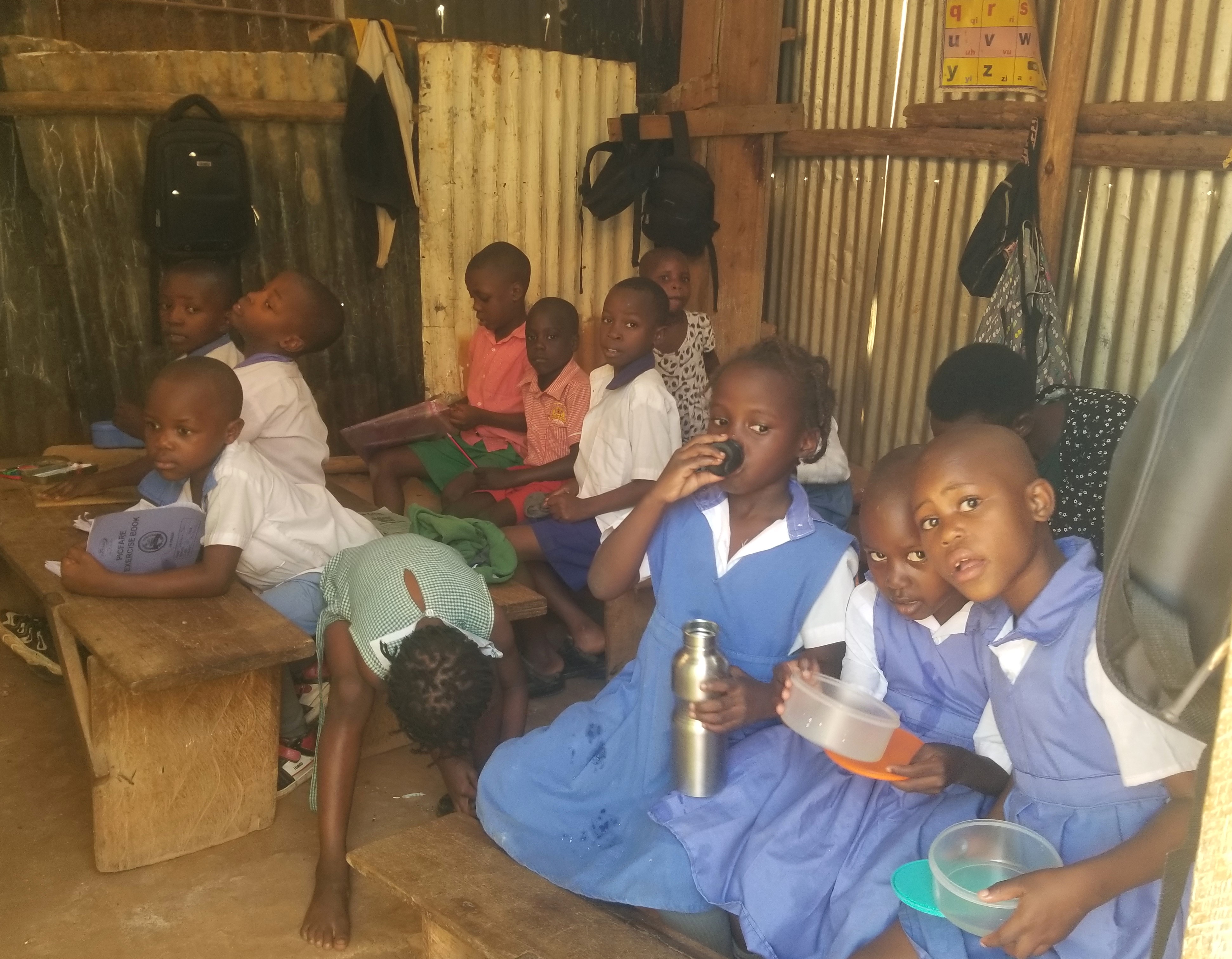
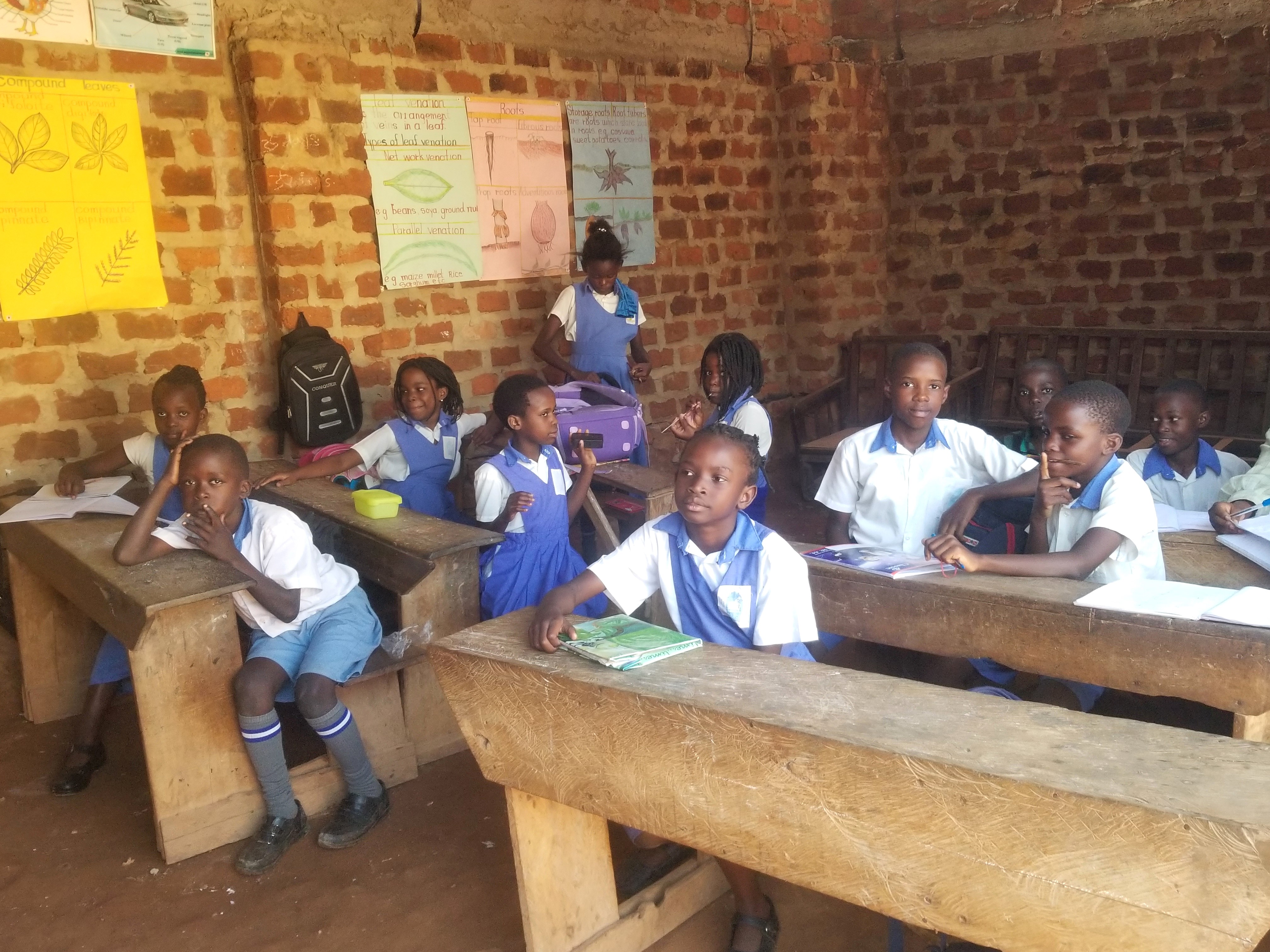
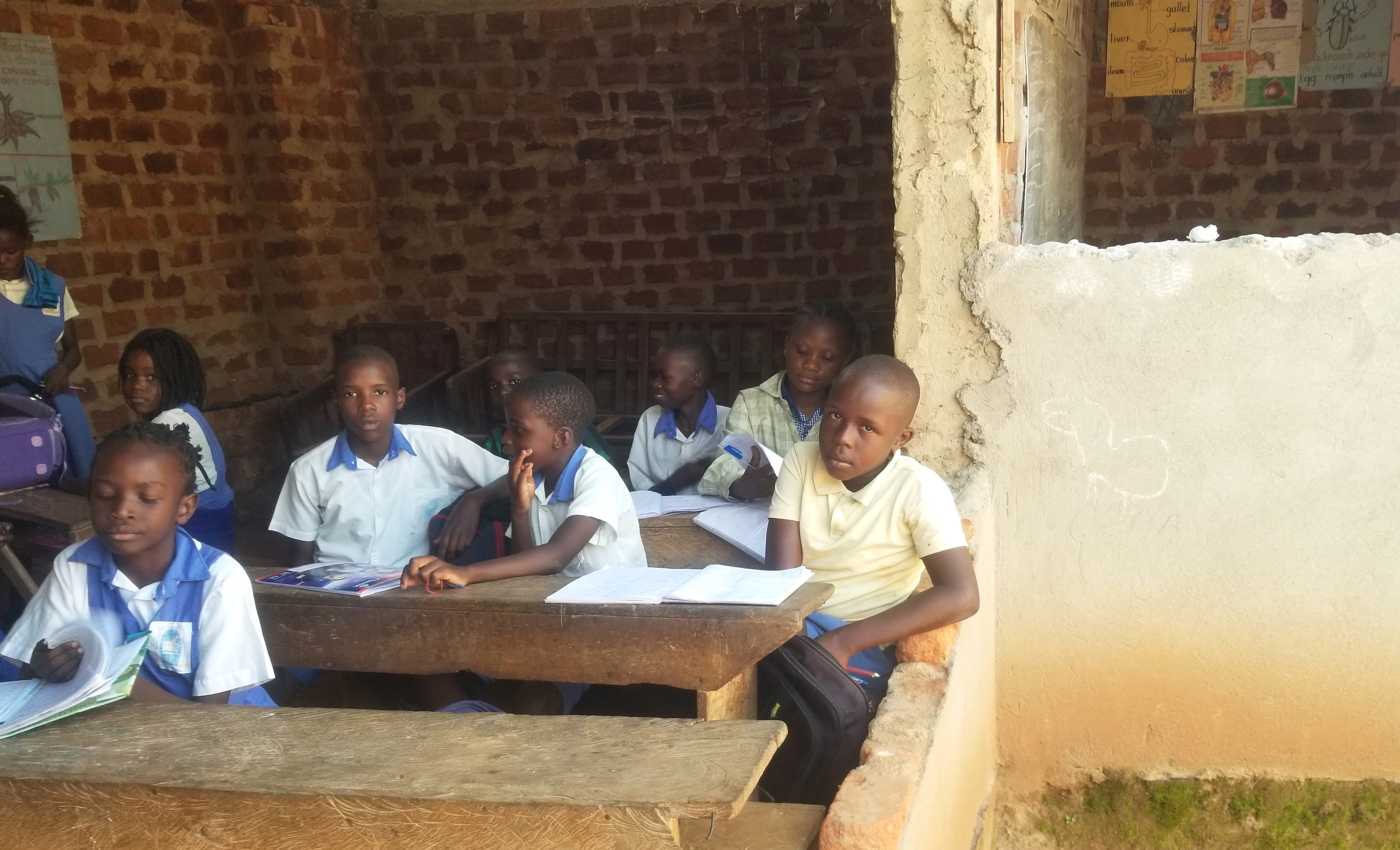

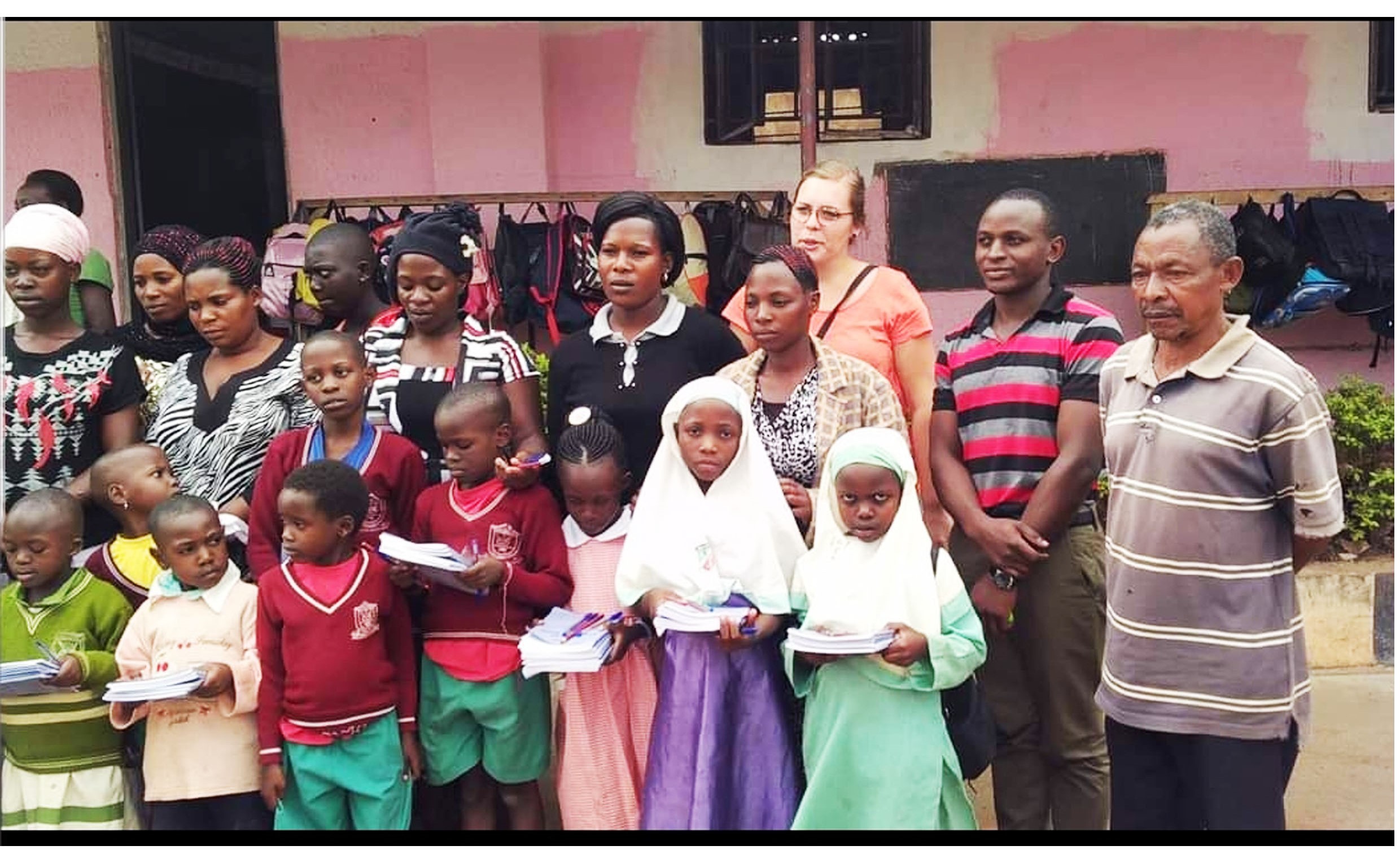
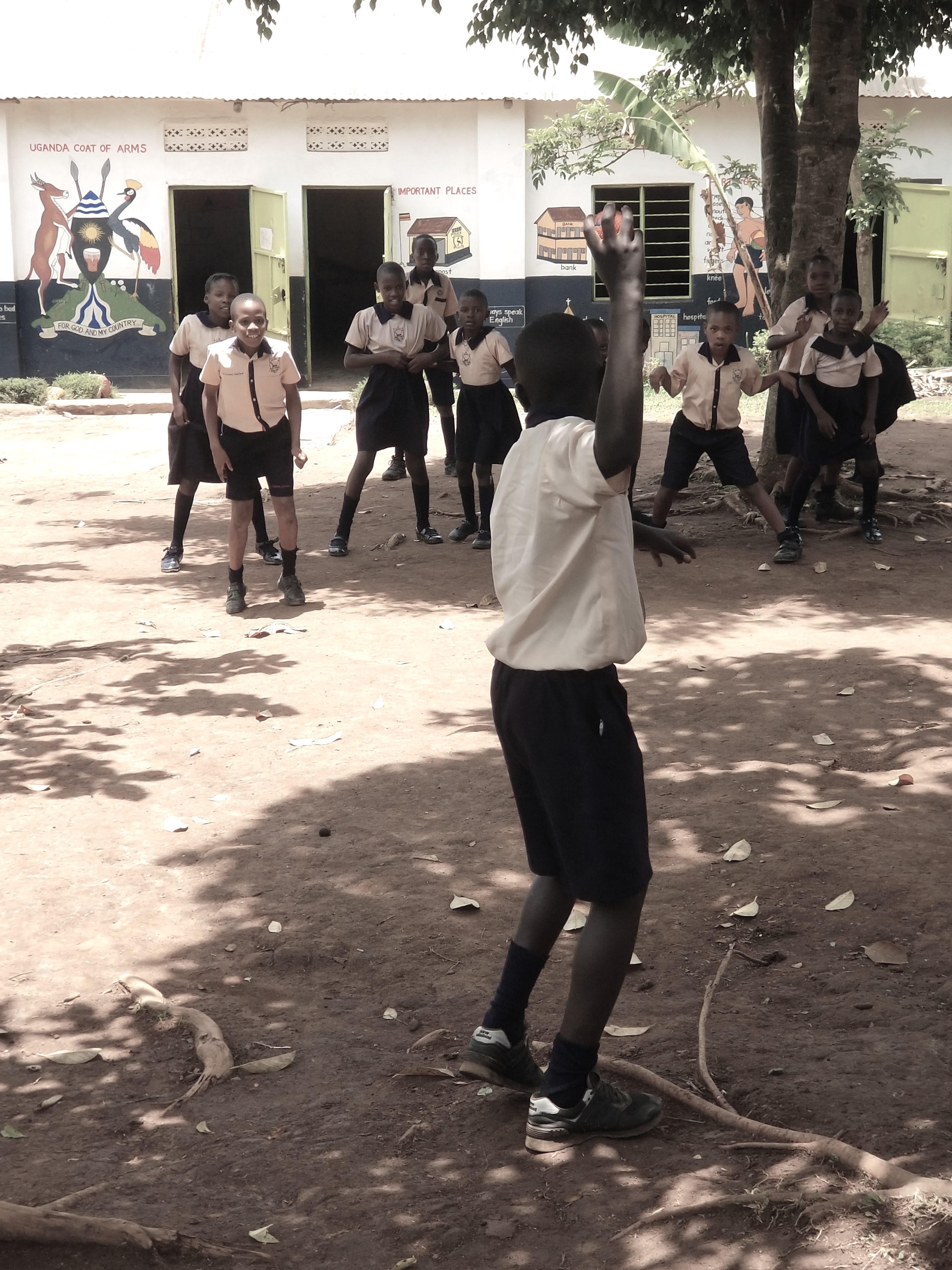

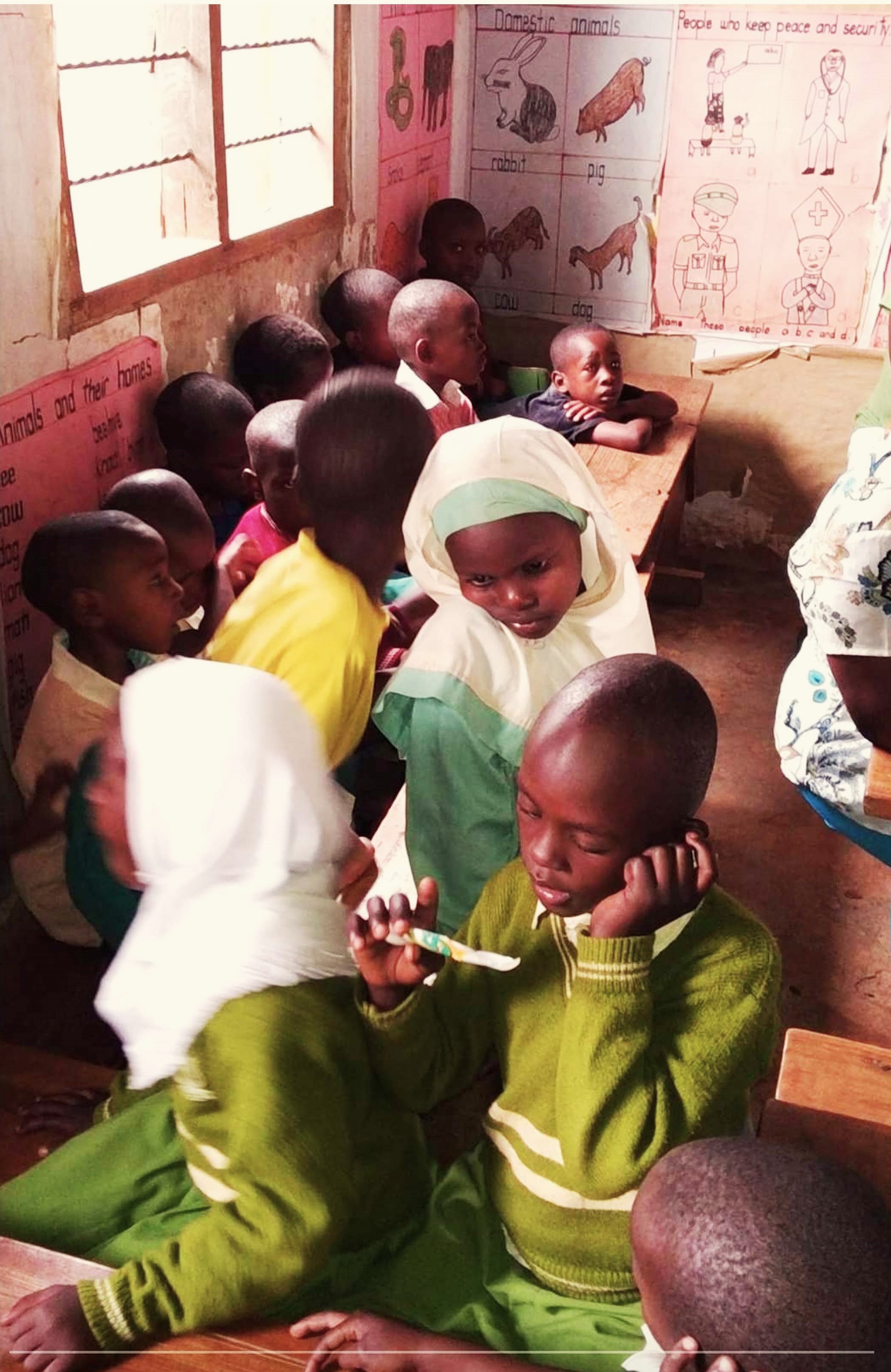
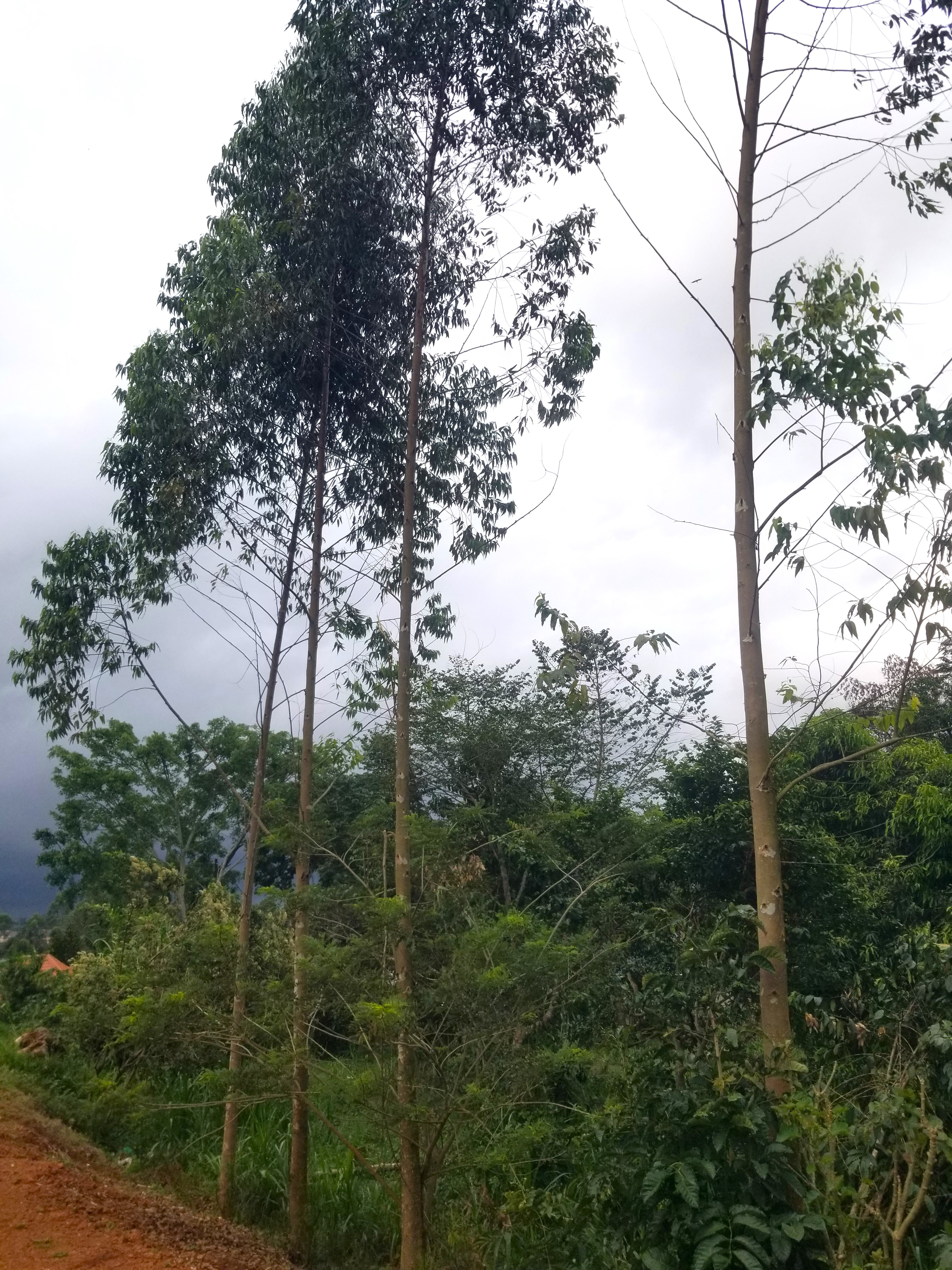
Many children in Uganda face extreme vulnerability: loss of parents, homelessness, or severe poverty. Recent national figures put Uganda's population near 45.9 million with roughly 50% under 18. Approximately 13% of children are orphans, and thousands of children live and work on the streets in major towns.
Orphans and street children are far more likely to be out of school and to miss the life-changing opportunities that education provides. This project combines classroom learning, boarding, and vocational training to restore stability and open pathways out of poverty.
Sponsoring this school delivers measurable humanitarian returns: it protects children, increases school retention, teaches practical skills, and reduces long-term social costs. The pictured building is a permanent, multi-storey structure, a strong foundation for a scalable, replicable program that donors can monitor and celebrate.
The building design supports an integrated model: safe dormitories, multiple classrooms, a central library, science and computer labs, vocational workshop(s), staff offices, storage, and adequate gender-segregated sanitation, all essential for dignity and learning.
High deforestation in Uganda. Uganda’s forest cover has been shrinking rapidly. In 1990, forest cover was about 24%, but now it’s dropped to about 12.7%.Deforestation is happening faster than afforestation and re-afforestation! Uganda is losing around 122,000 hectares of forest per year.Another estimate: 90,000 hectares lost annually.
Between the year 2000 and 2020, Uganda lost over 23% of its tree cover (natural and planted) and emitted on average 20.8 metric tons (mt) of greenhouse gases annually (for each unit assessed) over that period; in total 438 mt of CO₂ emissions linked to that loss.
Tree cover loss contributes to CO₂ emissions: for example, in recent years about 49,000 hectares of tree cover lost in one year were associated with 23.523.5 million tonnes of CO₂.
There is a very high reliance on firewood and charcoal, with 73% of households use firewood and 21%use charcoal for cooking. Combined together, the biomass fuels are used in 94%of households in Uganda.
Planting trees can be a long term way to save climate change, avoiding natural disasters for example; decreasing vulnerability to floods, erosion and droughts like in Karamoja region, Kasese and Buduuda Districts in Uganda.
planting trees like eucalyptus type can give real income to people while it helps reduce pressure on natural forest reserves, supporting sustainable land‐use and environmental conservation.
Tree Planting helps regulate water cycles, improve soil quality, preserve biodiversity and these are under threat when forests are cut. Tree Planting helps reduce carbon emissions, promoting green cover (greenhouse effect).
Building a School for orphans, street/homeless children and other poor children, to help them fulfill their dreams
$1, 000,000 Goal
$2,502 Raised
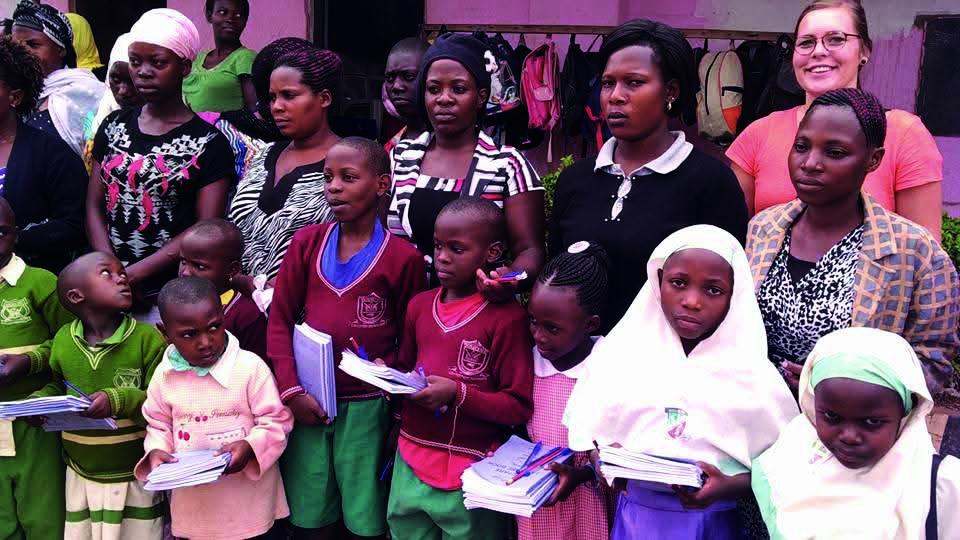
Building a children's hospital to enable access to quality healthcare. Routine medical screening, health sensitisation.
$ 500,000 Goal
$ 2,500 Raised

To accommodate children in one place, addressing all their needs and effective monitoring of their life progress
$ 200,000 Goal
$ 2,100 Raised
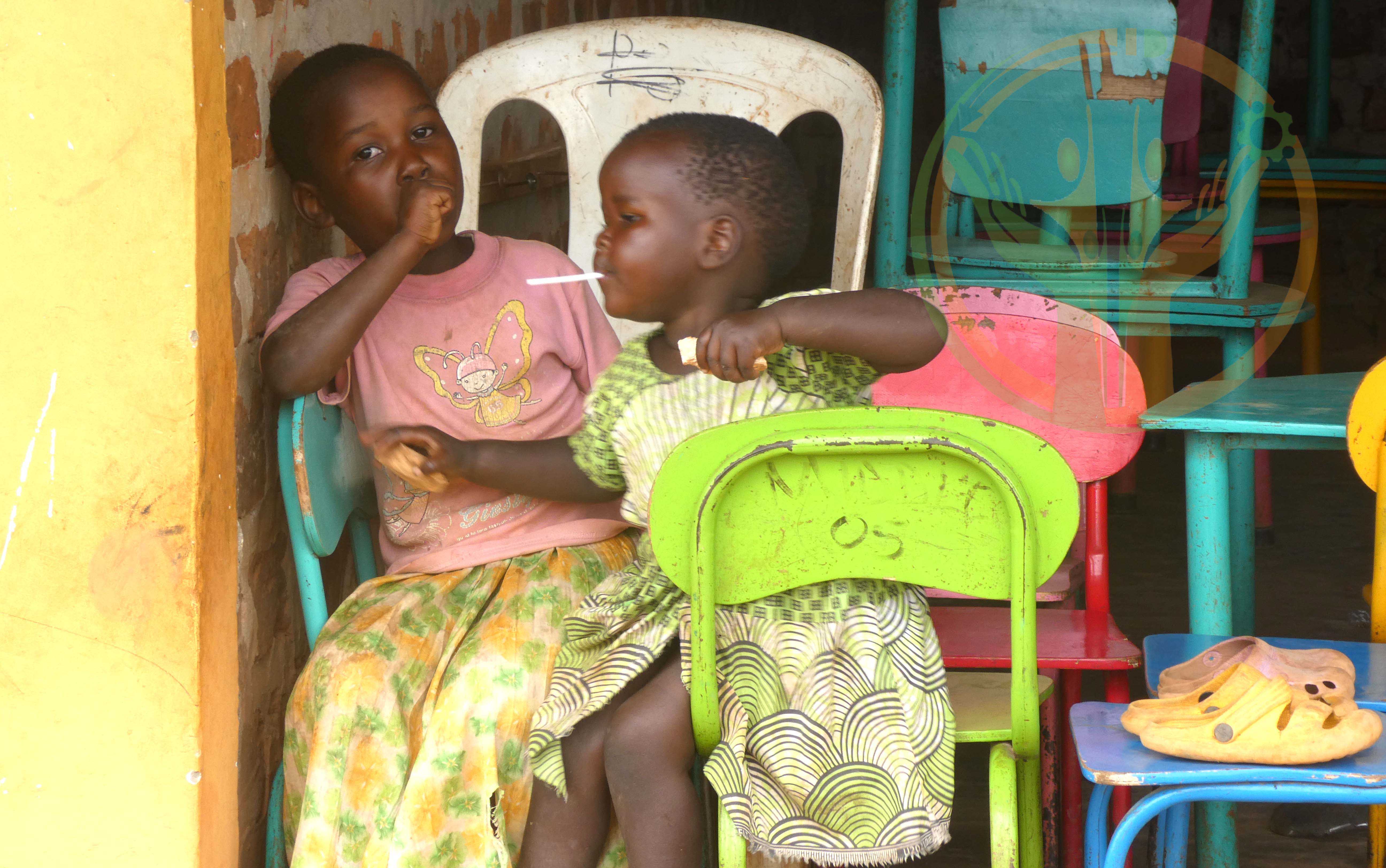
No Child should miss School for being Poor!